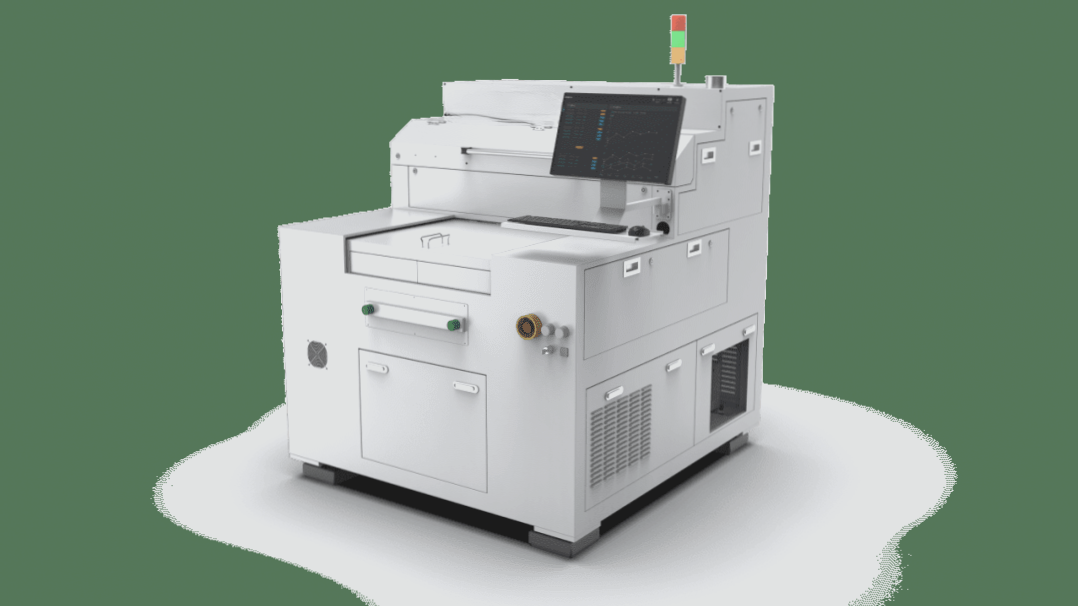Adhesiveless Flexible Copper Clad Laminate (FCCL) Explained
Revolutionizing PCB Technology
Flexible Printed Circuit Boards (FPC) are transforming the electronics industry with their flexibility, lightweight design, and versatility. As electronic devices become smaller and thinner, FPCs are replacing rigid PCBs in applications like laptops, smartphones, and cameras.
The Challenge with Traditional Flex PCBs
Traditional flex PCBs face limitations due to their three-layer structure with adhesive, impacting heat resistance and stability. This restricts their use in high-reliability applications.
Enter Adhesiveless FCCL
Adhesiveless FCCL offers a solution with exceptional heat resistance, dimensional stability, and chemical resistance, making it ideal for demanding applications.
Key Features of Adhesiveless FCCL
- Heat Resistance: With a long-term use temperature exceeding 300°C, perfect for high-temperature applications.
- Dimensional Stability: Minimal changes at high temperatures, ensuring reliability.
- Chemical Resistance: Consistent tear strength over time, enhancing durability.
Manufacturing Methods
- Sputtering Electroplating Method: Ideal for ultra-thin FCCLs and double-sided flexible boards.
- Coating Method: Primarily used for single-sided flexible boards.
- Hot Pressing Method: Suitable for rubber flexible board substrates.
Adhesiveless FCCL is poised to dominate the high-end flexible board market, with significant growth in market share projected in the coming years.
In conclusion, the future of PCB technology lies in the innovation and reliability of adhesiveless FCCL, paving the way for smaller, lighter, and more efficient electronic devices.
Adhesiveless Flexible Copper Clad Laminate (FCCL): Revolutionizing the Electronics Industry
In today’s fast-paced world, where portable and easy-to-use electronic devices are in high demand, adhesiveless FCCL has become a game-changer. By removing adhesives, this innovative solution offers improved heat resistance, dimensional stability, and chemical resistance, making it a top choice for manufacturers striving to meet the ever-changing needs of the electronics market.


